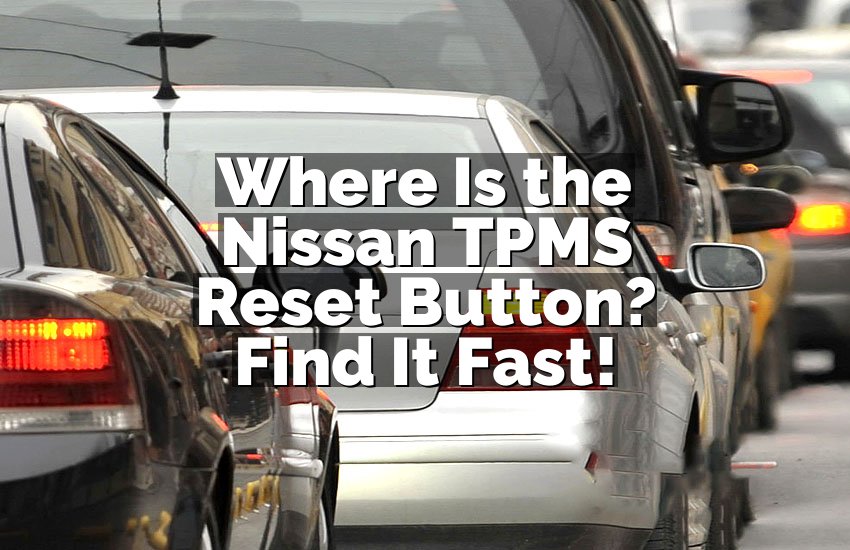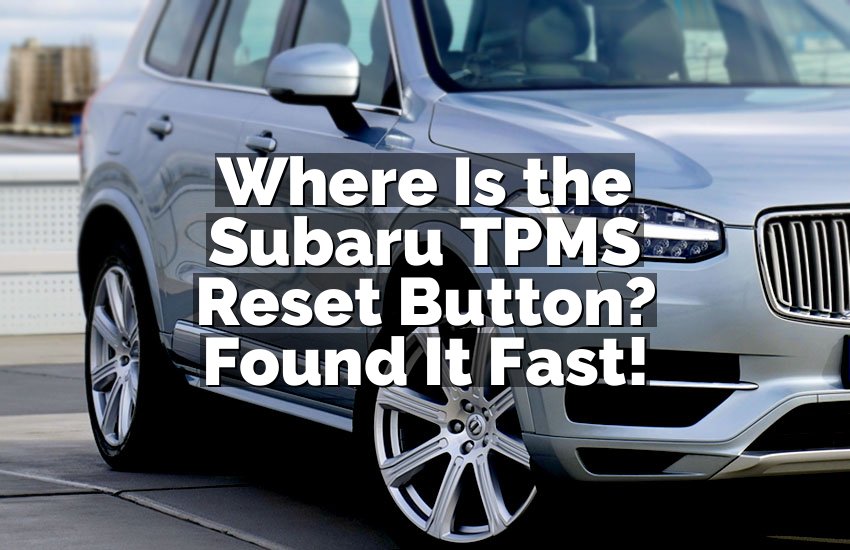Car window tinting is one of those upgrades that can make a big difference in your ride’s look and comfort. If you’ve ever wondered how much it will cost to tint your car windows, you’re not alone. The price can vary, but understanding what influences these costs will help you make an informed decision. Let’s break it down so you know exactly what to expect before you head to the shop.
What Affects the Cost of Car Window Tinting
There’s no one-size-fits-all when it comes to car window tinting. The cost of tinting your car windows depends on several factors, such as the type of tint, the size of your vehicle, and where you’re getting it done. It’s important to consider all of these elements before making a final choice.
Type of Window Tint
The type of window tint you choose will significantly affect the cost. There are several options available, each with varying levels of quality and price.
- Dyed Film Tint: This is one of the most affordable options. It involves applying a dye to the window film, which blocks out sunlight and reduces glare. While it’s cheaper, dyed film tint can fade over time and may not be as effective in terms of heat reduction.
- Metalized Film Tint: Metalized tint adds a layer of metal particles to the film, which helps to block out heat and UV rays more effectively. This type of tint is more expensive than dyed film because of the enhanced performance.
- Ceramic Film Tint: One of the highest quality tints available, ceramic film offers the best protection against UV rays and heat. It’s also more durable and won’t fade as quickly as other tints. However, it’s also the most expensive option.
- Hybrid Film Tint: A mix of dyed and metalized film, hybrid tint offers a good balance of cost and performance. It’s generally priced between dyed and ceramic tints.
Vehicle Size and Type
Another factor that impacts the cost of tinting is the size and type of your vehicle. A smaller car will naturally be cheaper to tint than a larger vehicle like an SUV or a van. The number of windows and their size can increase the labor and material costs. Some high-end vehicles or luxury cars may also require specialized tints, which can further raise the price.
Quality of Installation
The quality of the installation plays a significant role in the overall cost. It’s important to choose a reputable shop that offers professional services. A skilled technician will ensure that the tint is applied smoothly and without any bubbles, wrinkles, or creases. While you may be tempted to go for a cheaper option, remember that poor installation can lead to problems like peeling and bubbling down the road. A quality installation may cost more initially, but it’ll save you money in the long run by preventing the need for repairs or replacements.
Location of the Shop
The location of the shop can also influence the price. In larger cities or areas with a higher cost of living, you may find that the prices for window tinting are higher than in smaller towns or rural areas. Additionally, the reputation of the tinting shop and the level of customer service they offer can affect pricing.
Average Prices for Different Types of Tint
Now that we’ve covered the factors that influence the cost, let’s break down the typical price ranges for various types of car window tints. Keep in mind that prices can vary based on the make and model of your vehicle, as well as where you go for the service.
Dyed Film Tint Pricing
Dyed film tint is the most affordable option, with prices typically ranging from $100 to $250 for a standard sedan. For larger vehicles like SUVs or trucks, the cost can increase to around $300 to $450. While this is a budget-friendly choice, keep in mind that it may not offer the same long-term benefits as higher-quality tints.
Metalized Film Tint Pricing
Metalized film tint generally costs between $250 and $450 for a standard sedan. For larger vehicles, expect to pay anywhere from $400 to $600. The higher price reflects the improved performance and durability compared to dyed film. It also provides better protection against UV rays and helps with heat reduction.
Ceramic Film Tint Pricing
Ceramic film tint is the highest-quality option, and as such, it comes with a higher price tag. For a standard sedan, you can expect to pay anywhere from $400 to $800. Larger vehicles like SUVs or trucks could cost anywhere from $600 to $1,000 or more. Ceramic tint offers excellent heat reduction and UV protection, which justifies the higher cost.
Hybrid Film Tint Pricing
Hybrid film tint usually falls between dyed and metalized film in terms of price. A typical sedan can cost around $250 to $400, while larger vehicles may cost between $400 and $600. This option strikes a good balance between affordability and performance, offering better heat reduction and durability than dyed tint but at a more reasonable price than ceramic.
Cost Differences by Vehicle Type
It’s important to remember that the price of window tinting isn’t just about the type of tint; the type of vehicle you drive also plays a significant role. A luxury car or a high-end sports car may cost more to tint than a basic sedan due to the specialized service required. Let’s look at the price differences based on various vehicle types.
Sedans and Compact Cars
For smaller vehicles like sedans and compact cars, window tinting is generally on the more affordable end of the spectrum. As mentioned earlier, you can expect to pay anywhere from $100 to $800 depending on the type of tint you choose. These vehicles are smaller, meaning fewer windows to tint and less labor involved, which makes them less expensive to work on.
SUVs and Trucks
For larger vehicles, the cost of window tinting increases. SUVs and trucks typically require more tint material, and the windows are often larger, which increases both the time and labor needed for installation. For high-end SUVs or trucks, you may find that the price could range from $400 to $1,200, depending on the type of tint and the complexity of the job.
Luxury Cars
Luxury cars, such as high-end sedans, sports cars, and exotic vehicles, often come with unique window shapes and materials that require specialized care during tinting. Because of this, you can expect to pay anywhere from $600 to $1,500 or more for professional tinting services. The higher price also reflects the premium materials used in the tinting process, which are often designed to match the vehicle’s aesthetics.
Classic and Vintage Cars
Tinting classic or vintage cars may come with additional costs due to the special care needed to preserve the car’s value. These vehicles often require custom-fit tints and precise installation techniques. Prices for window tinting in these cases can vary widely, ranging from $500 to over $1,000.
Is Window Tinting Worth the Price?
Now that we’ve explored the costs associated with window tinting, you might be wondering if it’s really worth the investment. While it might seem like a big expense up front, there are several benefits to window tinting that make it worthwhile for many car owners.
Benefits of Window Tinting
- Heat Reduction: One of the most noticeable benefits of window tinting is the reduction in heat inside your vehicle. Tinted windows block out a significant amount of solar heat, making your car feel cooler and more comfortable, especially on hot days.
- UV Protection: Tinted windows also help protect you and your passengers from harmful UV rays. By blocking out a large percentage of UV radiation, window tinting can reduce the risk of skin damage and help preserve the interior of your vehicle, preventing fading and cracking.
- Increased Privacy: Window tinting offers more privacy by making it harder for people to see inside your vehicle. This can be a valuable feature, particularly if you’re often parked in public places.
- Improved Aesthetics: Tinted windows can improve the overall appearance of your car. They give your vehicle a sleek, polished look that can boost its value and make it stand out on the road.
- Reduced Glare: Tinted windows reduce glare from the sun and headlights at night, making driving safer and more comfortable.
The Drawbacks to Consider
While the benefits are clear, there are a few drawbacks to keep in mind. The cost of tinting can be high depending on the type of tint you choose and the vehicle you own. Additionally, some states have regulations on how dark the tint can be, so it’s important to ensure your tint complies with local laws. Finally, poor-quality tint or improper installation can lead to peeling, bubbling, or fading over time.
I hope this guide helps you understand the costs of window tinting and the factors that can affect the price. Whether you choose a budget-friendly option or invest in high-end ceramic tint, window tinting can be a great way to improve your vehicle’s comfort and appearance.
Frequently Asked Questions (FAQs)
Is it worth paying extra for ceramic tint?
Yes, paying extra for ceramic tint can be worth it, especially if you’re looking for superior heat rejection, UV protection, and durability. Ceramic tint lasts longer than other types and doesn’t fade as easily, making it a good long-term investment.
Can you tint your car windows yourself?
While it’s possible to tint your car windows yourself, it’s not recommended unless you have experience. DIY tinting kits can be difficult to use and often result in bubbles or wrinkles. Professional installation ensures a smooth, clean finish.
Do I need to remove the old tint before applying new tint?
Yes, if you’re replacing old tint, it’s important to remove it before applying new film. The old tint can peel, bubble, or interfere with the installation of the new tint. Most professional tinting shops will remove the old film as part of their service.
Is it legal to tint my car windows?
The legality of window tinting varies by location. Many states have regulations regarding the darkness of the tint and which windows can be tinted. It’s important to check your local laws to ensure that your window tint is compliant.
Can I tint only some windows on my car?
Yes, you can tint only certain windows on your car. Many people choose to tint just the rear windows or the side windows for added privacy and heat reduction. However, it’s essential to ensure the tinting complies with local laws.
Is it possible to remove window tint if I don’t like it?
Yes, window tint can be removed if you don’t like it. It’s best to have a professional remove the tint to avoid damaging your windows. Removing tint yourself can be challenging and may lead to peeling or scratching of the glass.
Do I need to wait after tinting my windows?
Yes, after getting your windows tinted, you should wait for at least 24 to 48 hours before rolling down your windows. This gives the tint time to fully cure and adhere to the glass.
Can window tint help with fuel efficiency?
While window tint doesn’t directly affect fuel efficiency, it can help reduce the amount of heat inside your vehicle, which in turn may reduce the need for air conditioning. This could potentially improve fuel efficiency over time by reducing the load on your car’s AC system.


